How do you spell washing machine spin in English?
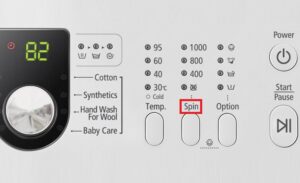 Most household appliances sold in domestic stores have labels and instructions in Russian. But there are exceptions - often the most functional and profitable is an automatic machine with an unfamiliar language “accompaniment”. In this case, the dashboard is replete with terms in English, Turkish or French. There is no need to refuse the purchase - just clarify how the programs, options and spin on the washing machine are indicated in English and another foreign language. Our cheat sheet will help you figure it out.
Most household appliances sold in domestic stores have labels and instructions in Russian. But there are exceptions - often the most functional and profitable is an automatic machine with an unfamiliar language “accompaniment”. In this case, the dashboard is replete with terms in English, Turkish or French. There is no need to refuse the purchase - just clarify how the programs, options and spin on the washing machine are indicated in English and another foreign language. Our cheat sheet will help you figure it out.
The word "spin" in different languages
An unfamiliar language on the dashboard is not a reason to panic. It is also easy to wash on “non-Russian speaking” washing machines. Firstly, modern automatic and semi-automatic machines have similar characteristics and controls, and secondly, in addition to words, clearly understandable images are printed on the body. Thus, the spin option is almost always indicated by a spiral icon.
If there are few icons and many letters on the “tidy”, then you will have to act in the old-fashioned way - translate. For example, the word “spin” in different languages is written as follows:
- English – “spin”;
- French – “rotation”;
- German – “spule” or “schleudern”;
- Finnish – “kierto” or “pyöriminen”;

- Italian – “centrifuga” or “rotazione”;
- Turkish – “dönme”;
- Polish – often “wirowanie”.
Spin on washing machines with foreign designations is written as “spin”, “rotation”, “centrifuga” or “wirowanie”.
If the washing machine came from a country with a more exotic dialect, then we look for a similar related word or turn on a translator. In the latter case, any search engine will help. In some search engines you don’t even need to enter letters - just take a photo of the term or the entire panel.
"Power on" and "Start up"
When getting acquainted with a foreign washing machine, you will also need to translate the start keys. We are talking about a network button, which in Russian is designated “On/Off”. On a non-Russian panel, other options are possible:
- English version – “Start/Stop” or the more common “On/Off”;
- German version – “Ein/Aus”;
- in Italian – “Marchia/Arresto”.
It’s easy to find a column with a spin gradation on the dashboard. In Russian it is denoted as “rpm”, in English – “RPM”, in German – “U/min”, and the Italian version is “Giri”. You can guess the speed by the numbers arranged in descending order from 1000-1800 to 0-400.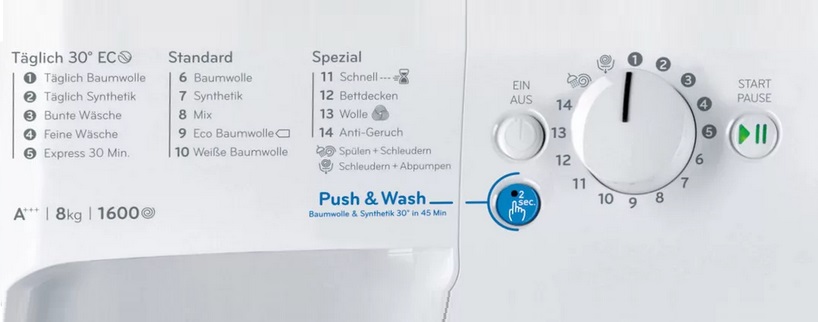
Sometimes the dashboard implies a conditional division into two groups: main programs and special ones. On the Anglicized model, the manufacturer differentiates the modes using the words “main” and “special”. On a “German” machine the first option is written “primar”, on an “Italian” one – “base”. We also remember the phrase “main menu”, which translates as “main menu”. With its help you can go to the machine settings. If the model has a remote control, then a similar inscription will be duplicated on it.
Foreign terms on typewriter panels
Knowing the foreign spelling of network buttons, the main menu and spin is not enough to fully operate the machine. It is better to expand your vocabulary by remembering the basic programs and functions. So, to use a machine in English, it is advisable to know about 30 words, the first of which is “wash” - washing. A clarification is added to it:
- quick or rapid - accelerated;
- Intensive – intense;
- daily – daily;
- delicate – delicate;
- easycare – for lightly soiled laundry;
- prewash – preliminary;
- hand – manual;
- gentle – soft;
- cotton - cotton;
- sport – sport;
- supereco – super-eco;
- shoes - for shoes.
Rinsing is designated as “rinse”, if “short” is next to it, then we are talking about an accelerated cycle, if “extra”, then it is an additional one. Soaking is signed as "soak". Spin is written “spin” in English, but combined options are often found:
- no spin – spin is disabled;
- rinse + spin – rinse and spin;
- gentle spin – soft spinning of the drum.

It is also recommended to remember the delayed rinse (holdrinse), the function of delaying the start of the program (startdelay) and its end (holdstop). The word “drain” means draining, “easyironing” means removing wrinkles, “drying” means activating drying, and “ecodrumclean” means eco-cleaning the tank.
In German, washing is waschen. Accordingly, the prefix “vor” is read as preliminary, “intensive” - intense, and with “schuh” - for shoes. Signatures pflegeleicht (delicate), zeitsparen (economy), hand (hand), fein (delicate) and misch (mixed) are also possible. Rinsing is written as "Spulen", draining - "Abpumpen", soaking - "Weichspulen". It is recommended to remember several other symbols:
- Knitterschutz – non-creasing;
- Kalt – low temperature;
- Bugelleicht – smoothing out wrinkles;
- Trocken – drying;
- Startzeit – delayed start.
When using a typewriter with Italian “accompaniment”, the translation of the following words will be useful:
- lavaggio – main wash;
- pre-lavaggio – preliminary program;
- forte lavaggio – intensive washing;
- lavaggiorapido – express program;
- ammorbidente - careful program;
- facile stiratura – elimination of folds;
- asciugatura – drying cycle;
- a mano – hand or delicate wash;
- risciacqui or trattamenti - rinsing;
- ammollo – soaking;
- esclusione - without spinning;
- ritardatore di partenza - delayed start.
It’s easy to get used to a machine with a “tidy” in German or Turkish - just find the translation and remember a few terms. Let’s not forget about the symbols that are typical for most washing machines.
Interesting:
Reader comments
- Share your opinion - leave a comment

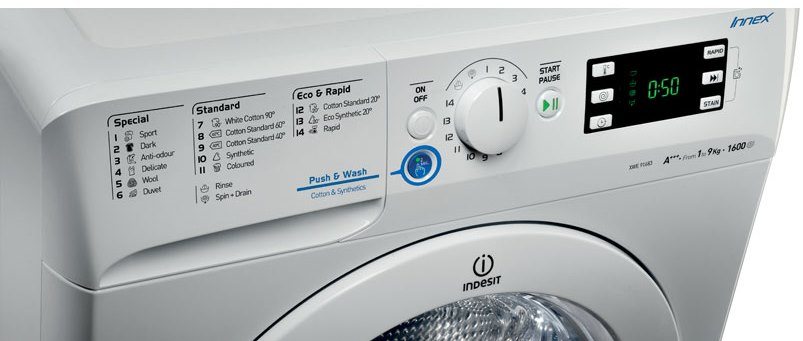
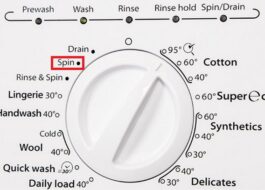
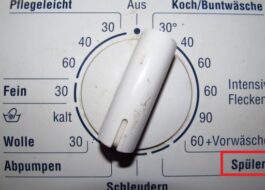
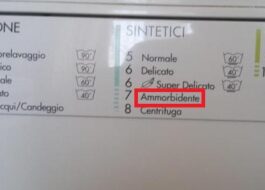
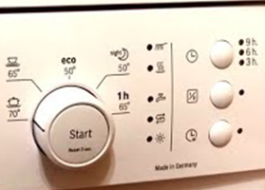
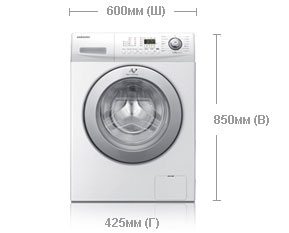














Add a comment